Why Is Early Childhood Hearing Screening Important for Your Child?
Approximately two to four of every 1,000 children in the United States are born deaf or hard-of-hearing, making hearing loss the most common birth disorder. Many studies have shown that early diagnosis of hearing loss is crucial to the development of speech, language, cognitive, and psychosocial abilities. Treatment is most successful if hearing loss is identified early, preferably within the first few months of life. Still, one in every four children born with serious hearing loss does not receive a diagnosis until 14 months old.
When Should a Child’s Hearing Be Tested?
The first opportunity to test a child’s hearing is in the hospital shortly after birth. If your child’s hearing is not screened before leaving the hospital, it is recommended that screening be done within the first month of life. If test results indicate a possible hearing loss,get a further evaluation as soon as possible, preferably within the first three to six months of life.
Is Early Hearing Screening Mandatory?
In recent years, health organizations across the country, including the American Academy of Otolaryngology – Head and Neck Surgery, have worked to highlight the importance of screening all newborns for hearing loss. These efforts are working. Recently, many states have passed Early Hearing Detection and Intervention legislation. A few other states regularly screen the hearing of most newborns, but have no legislation that requires screening. So, check with your local authority or hospital for screening regulations.
How Is Screening Done?
Two tests are used to screen infants and newborns for hearing loss. They are otoacoustic emissions (OAE), and auditory brain stem response (ABR). Otoacoustic emissions involves placing a sponge earphone in the ear canal to measure whether the ear can respond properly to sound. In normal-hearing children, a measurable “echo” should be produced when sound is emitted through the earphone. If no echo is measured, it could indicate a hearing loss.
Auditory brain stem response is a more complex test. Earphones are placed on the ears and electrodes are placed on the head and ears. Sound is emitted through the earphones while the electrodes measure how your child’s brain responds to the sound.
If either test indicates a potential hearing loss, your physician may suggest a follow-up evaluation by an otolaryngologist.
Signs of Hearing Loss in Children
Hearing loss can also occur later in childhood. In these cases, parents, grandparents, and other caregivers are often the first to notice that something may be wrong with a young child’s hearing. Even if your child’s hearing was tested as a newborn, you should continue to watch for signs of hearing loss, including:
- Not reacting in any way to unexpected loud noises,
- Not being awakened by loud noises,
- Not turning his/her head in the direction of your voice,
- Not being able to follow or understand directions,
- Poor language development, or
- Speaking loudly or not using age-appropriate language skills.
- If your child exhibits any of these signs, report them to your doctor.
What Happens If My Child Has a Hearing Loss?
Hearing loss in children can be temporary or permanent. It is important to have hearing loss evaluated by a physician who can rule out medical problems that may be causing the hearing loss, such as otitis media (ear infection), excessive earwax, congenital malformations, or a genetic hearing loss.
If it is determined that your child’s hearing loss is permanent, hearing aids may be recommended to amplify the sound reaching your child’s ear. Ear surgery may be able to restore or significantly improve hearing in some instances. For those with certain types of very severe hearing loss who do not benefit sufficiently from hearing aids, a cochlear implant may be considered. Unlike a hearing aid, the implant bypasses damaged parts of the auditory system and directly stimulates the hearing nerve, allowing the child to hear louder and clearer sound.
Research indicates that if a child’s hearing loss is remedied by age six months, it will prevent subsequent language delays. You will need to decide whether your deaf child will communicate primarily with oral speech and/or sign language, and seek early intervention to prevent language delays. Other communication strategies such as auditory verbal therapy, lip reading, and cued speech may also be used in conjunction with a hearing aid or cochlear implant, or independently.
